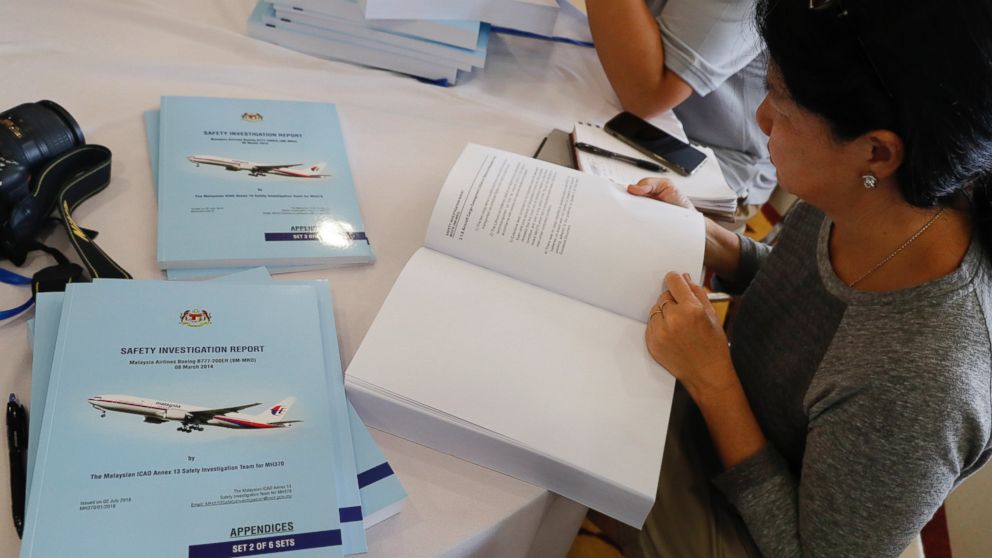New report says it's still unknown why Flight MH370 disappeared
LONDON -- A new report investigating the March 2014 disappearance of Malaysia Airlines Flight MH370 does not conclude why the aircraft vanished, the lead investigator said on Monday.
The report confirmed that the plane diverted from its path, with lead investigator Kok Soo Chon saying at a presentation that MH370 turned back manually, not under autopilot, but they could not say why.
“We cannot rule out unlawful interference by a third party,” he added.
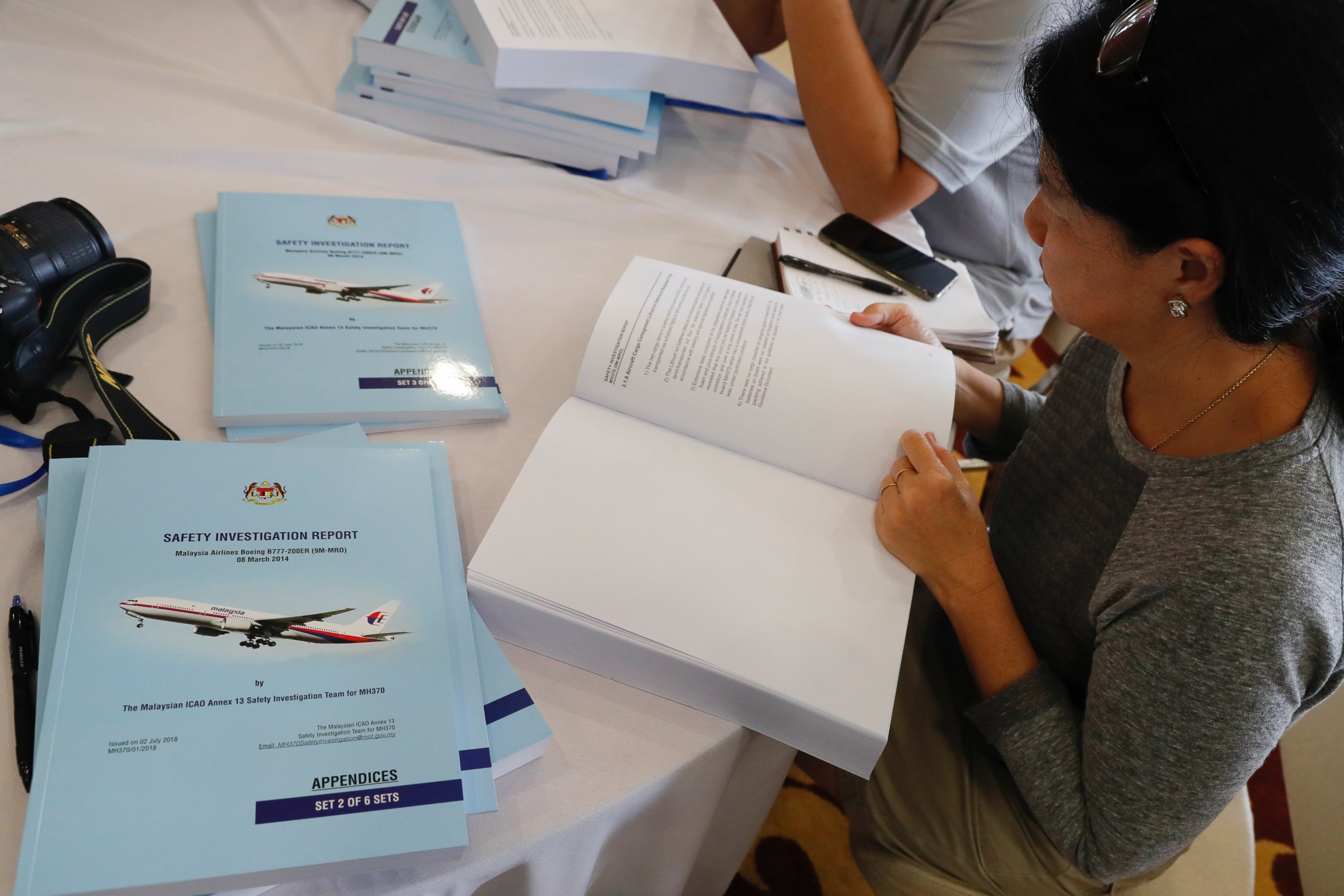
Kok said the team looked into the pilot and first officer’s background. They were qualified, well-rested and showed no signs of anxiety or stress, he said. The plane did not have a malfunction or defect that could explain the disappearance, he said.

He also addressed allegations made against one of the pilots, who had a flight simulator in his home. In October 2017, a report by the Australian Transport Safety Bureau said that captain Zaharie Ahmad Shah used his home simulator to fly a route that was similar to part of the route flown by MH370. However, the investigators concluded there was nothing suspicious about this information.
They also found no evidence to support a theory that the plane could have been taken over by remote control, said Kok.
The investigation had been described as a "final report," but in his opening remarks Kok said, "This is not a final report."
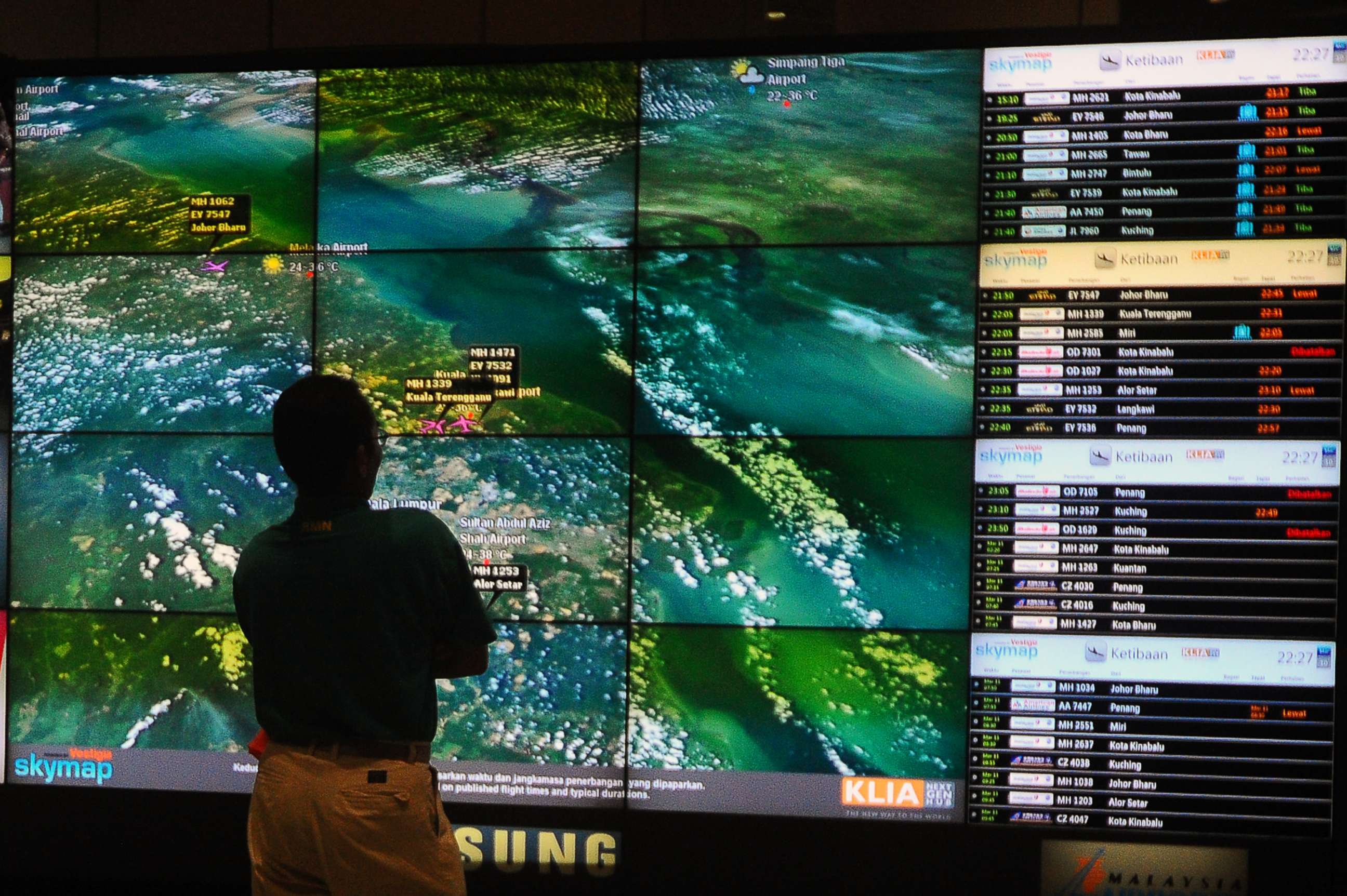
Malaysia Airline Flight 370 departed Kuala Lumpur International Airport at 12:41 a.m. local time on March 8, 2014 en route to Beijing. At 1:19 a.m. the crew sent a final radio transmission: “Goodnight, Malaysian three seven zero.”
Sometime during the first hour of flight, investigators say, the aircraft's automated data system and the jet's transponder were shut off. Those two separate actions, which killed the aircraft's ability to send location data to those on the ground, suggest that someone was alive and conscious inside the cockpit at the time.
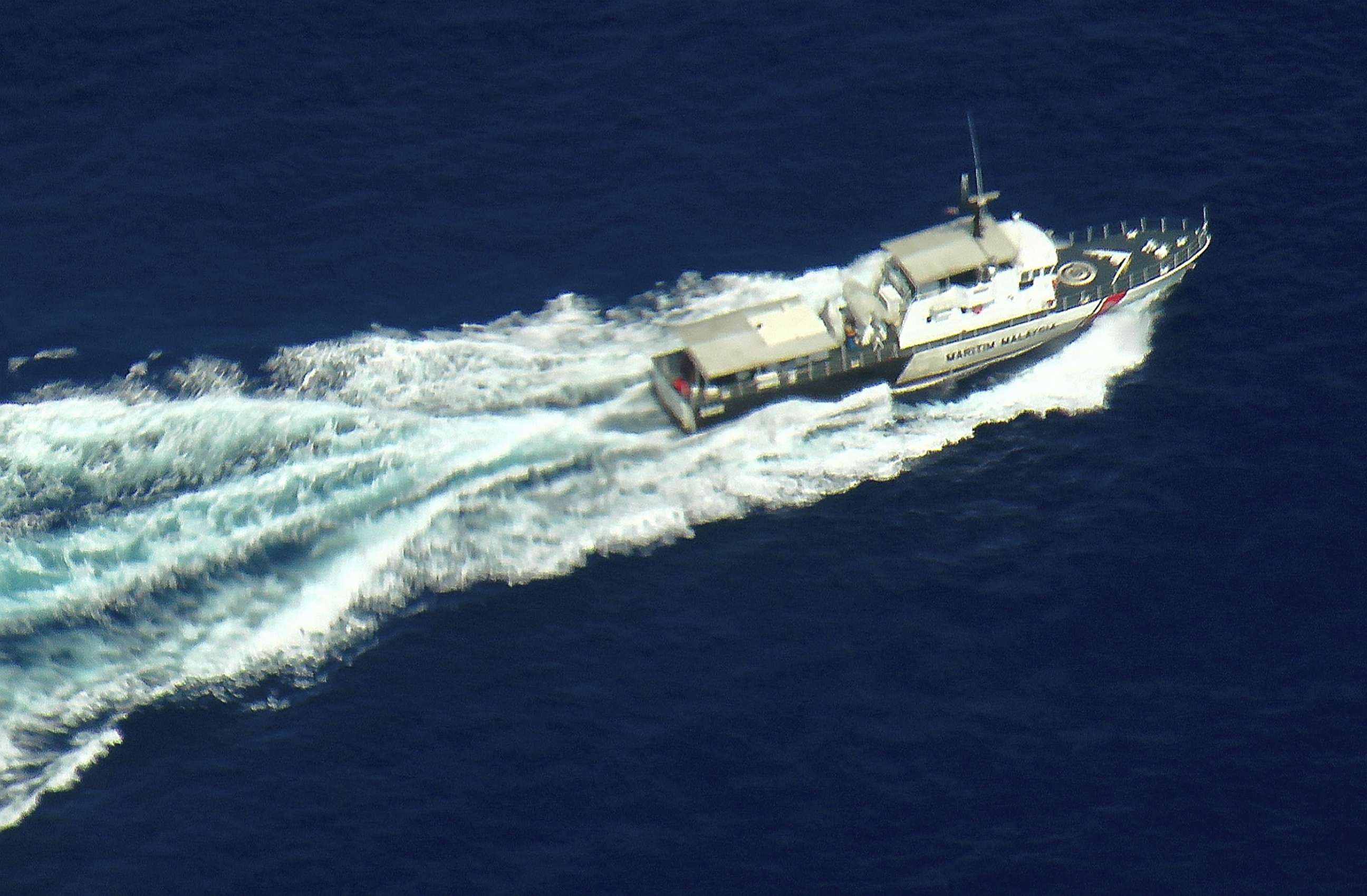
Frantic days followed the plane’s disappearance with searches in the South China Sea, but eventually the focus turned to a 120,000-square-mile swath of the Indian Ocean after analysis of radar, debris and ocean currents indicated the plane flew in a southern direction into the Indian Ocean and ended in an area investigators call the seventh arc, west of Australia.
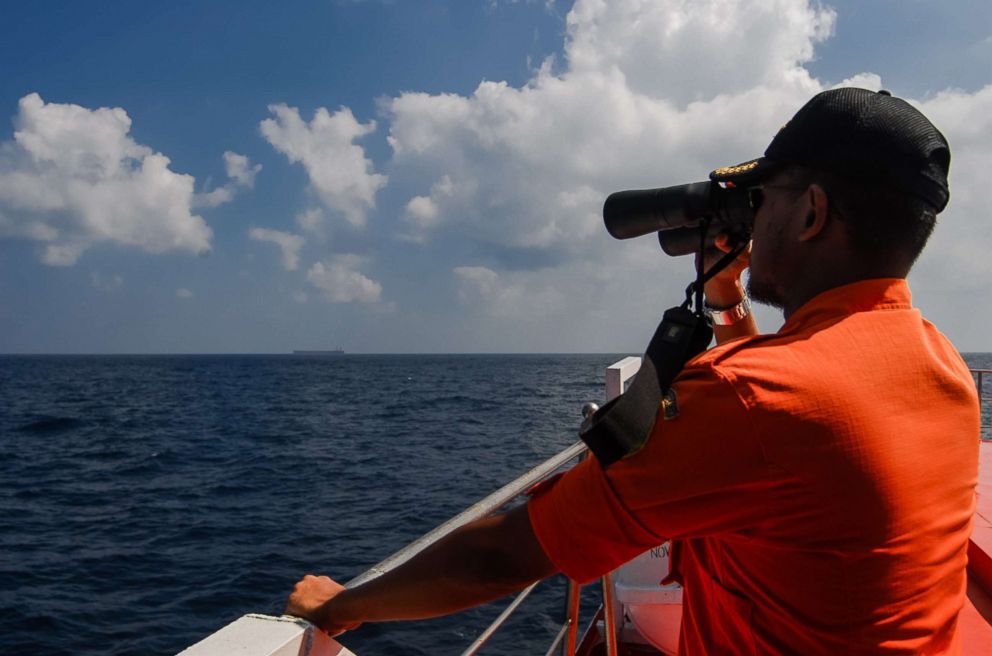
All that has ever been found of the doomed jet were a few small pieces of debris that washed up in eastern Africa, including a flaperon that washed up on Reunion Island in June 2015.
U.S. company Ocean Infinity later took over the search, but in May the search ended with no significant findings.
